The Republic of South Sudan officially became a new country on July 9, 2011 and a member state of the United Nations on July 14, 2011.
The Republic of South Sudan is a parliamentary system with President Salva Kiir as the head of state and government.
THE CAPITAL
Juba is the capital and is located on the Nile River in the southeast section of the country.
The Republic of South sudan is approximately 650,000 square kilometers – equivalent to almost twice the size of Germany or the US state of Texas.
It has a population of Approximately 10 million people.
English is the official language but Arabic is widely spoken. There are approximately over 40 local Languages
SOUTH SUDAN TIMELINE
1899-1955 – South Sudan is part of Anglo-Egyptian Sudan, under joint British-Egyptian rule.
1955 – First civil war breaks out between Sudan government and South Sudanese rebels, Anya Nya One
1956 – Sudan gains independence from joint British-Egyptian rule
1972 – Government of Sudan President Jaafar Nimeiri concedes a measure of autonomy for southern Sudan in Addis Ababa Peace Agreement
1978 – Oil discovered in Unity State in southern Sudan
1983 – Second civil war between Sudan Government in the north and south Sudan rebels, under leadership of John Garang’s Sudanese People’s Liberation Movement/Army (SPLM/A), after Sudanese President Jaafar Nimeiri abrogates Addis Ababa Agreement
June 1989 – Military officers led by Omar Hassan Al Bashir seize power in a coup
2002 – SPLM/A and Sudan Government start peace talks
Jan 2005 – North-south peace deal, the Comprehensive Peace Agreement (CPA) ends civil war
Aug 2005 – South Sudanese leader John Garang is killed in a plane crash and is succeeded by Salva Kiir Mayardiit
January 2011 – The people of South Sudan vote in favour of full independence from Sudan
9 July 2011 – New state born – South Sudan becomes the world’s newest nation
July 2013 – President Kiir dismisses entire cabinet and Vice-President Riek Machar in a power struggle within the governing SPLM
December 2013 – Civil war erupts as President Salva Kiir accuses his ex-vice-president, Riek Machar, of plotting to overthrow him
Rebel factions seize control of several regional towns, thousands are killed and many more flee. Uganda troops intervene on the government’s side. Foreigners are evacuated
January 2014 – A ceasefire is signed but broken several times over subsequent weeks, and further talks in February fail to end the violence that displaces more than a million people by April
The ongoing conflict, has killed tens of thousands, displaced well over a million and leaves the country on the brink of famine. Even before the war broke out, South Sudan was already one of the least developed countries in the world.
- More than one million primary school children have no access to basic education.
- 1 out of 7 women will die due to pregnancy complications; only 10% of all deliveries are attended by a skilled health practitioner
- 1 out of 5 children die before their fifth birthday
- A 15 year old girl has a higher chance of dying in childbirth than completing high school
- 92% of women are illiterate
- 6.4 % of people have access to proper sanitation facilities
